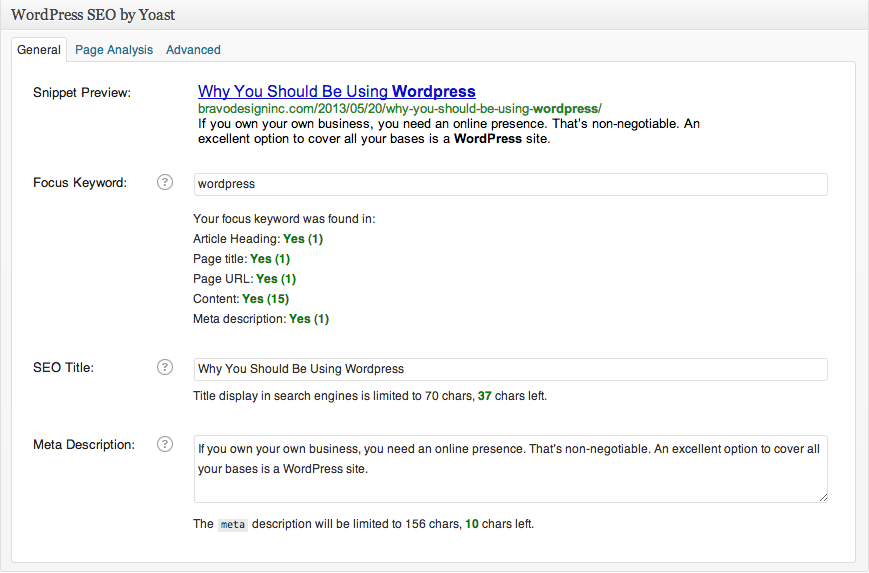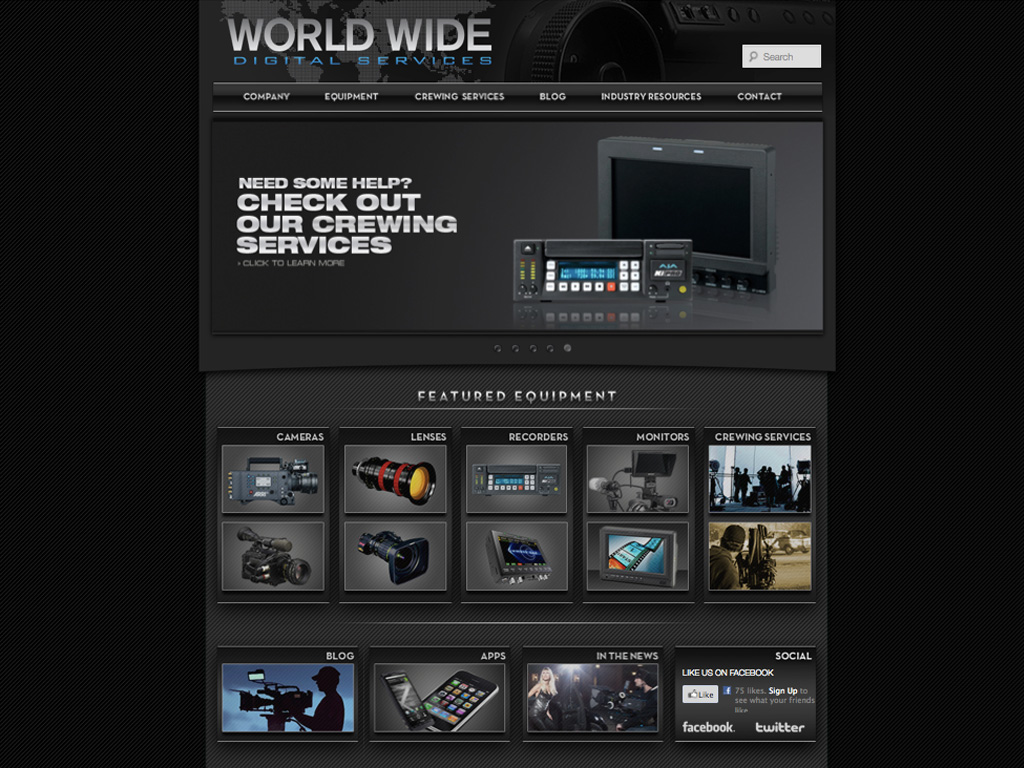Over the course of the last few weeks, we’ve shifted the focus on the Bravo Design, Inc. blog from a semi-random traffic grab to generating meaningful content for better overall engagement. And outside of gaining a regular following (i.e., growth in repeat visits), a peripheral goal of mine is to decrease our bounce rate as needed and optimize the BDI site for visitors.
“Are bounce rates and exit rates the same thing?” you ask.
No, your bounce rate is the percentage of people who land on a page and leave before navigating to the next. They might be on that page for one second, one minute or one hour, but they’re not going anywhere else before leaving.
The exit rate is defined as the percentage of traffic that leaves your site from a given page based on how many visits that the particular page has received. These visitors have landed on other pages, going from pages X, Y to Z and jumped on the last.
While it may be inferred that high bounce rates are always bad, it’s really just a matter of context. For example, if a user navigates to your site, finds a succinct answer to their question and leaves, that specific page has successfully completed its goal. It becomes a problem when the bounce rate is high at the top of the funnel (e.g., on your homepage or halfway through a paginated article).
“So what does a high bounce rate mean?”
One, you’re acquiring the right kind of traffic, and your pages are doing their job. All is well like in the example listed above. This might be true if your visitors are successfully completing a call-to-action and exiting immediately after.
Two, you’re drawing in the wrong traffic, a segment uninterested in what you have to offer. We publish an article showcasing our featured film release almost every week. And for the longest time, we were receiving tons of traffic for a horror movie called The Apparition. Yes, traffic is cool but much more so when it’s relevant.
Now that might not be the best example given the fact that we do a lot of movie marketing work, and a featured release series is right up our alley. But we know that the visitors who frequent these pages shouldn’t be misconstrued as potential customers interested in custom WordPress development of graphic design work. They want to know more about a movie, and we’re happy to oblige.
Three, there’s a disconnect between what visitors anticipate to find and what they actually see. Not too long ago, I subscribed to Ramit Sethi’s newsletter, “I Will Teach You to Be Rich.” He’s enormously popular; author to a New York Times bestseller; etc., and I was looking for practical ways to save money here and there.
One of the first e-mails I got from him was titled, “Congrats, Your 1-Week MBA on Earning More Money Starts Tomorrow.” Really? In it, Ramit goes on to say that he went from making $20/hour to $3,000 in just a few years, and that might be true. It might not be. I have no idea, but claims that seem too good to be true make me increasingly more apprehensive as do “30-Day Courses on Hustling.” As a result, I didn’t read any of the additional literature sent to me.
This also takes shape in the form of link bait. The people who frequent your site and follow you via social media do so as a vote of confidence. Don’t abuse that.
Four, your website is killing them, Smalls. This might be due to technical bugs, a lack of user-friendliness, poor design, slow load times, etc. It’s impossible to diagnose without actually seeing your site, but we’d be happy to give your site a look if you drop a line in the comment box below with your URL and e-mail address.
“Why does any of this matter?”
Imagine that you’re going out to dinner. You’ve heard raving reviews from everyone and their mom, and you’re amped to finally get the chance to try it out. Only, when you walk into the foyer of the restaurant, you see a giant rat dart across the corridor. What do you do? You probably leave regardless as to what you’ve heard and call the health department before pulling out of the parking lot.
If the homepage of your website is in any way similar, and your prospective clientele exits as soon as they enter, you have a serious problem. Bounce rates provide you with insight as to how your website is performing and will help you determine if landing pages are performing up to standard. Because in the end, vanity metrics like web traffic are pretty meaningless and a huge time suck.
If you’d like some feedback on your website free of charge, leave a comment in the box below with your URL and e-mail address or send us a Tweet with the hashtag feedback (#feedback).



